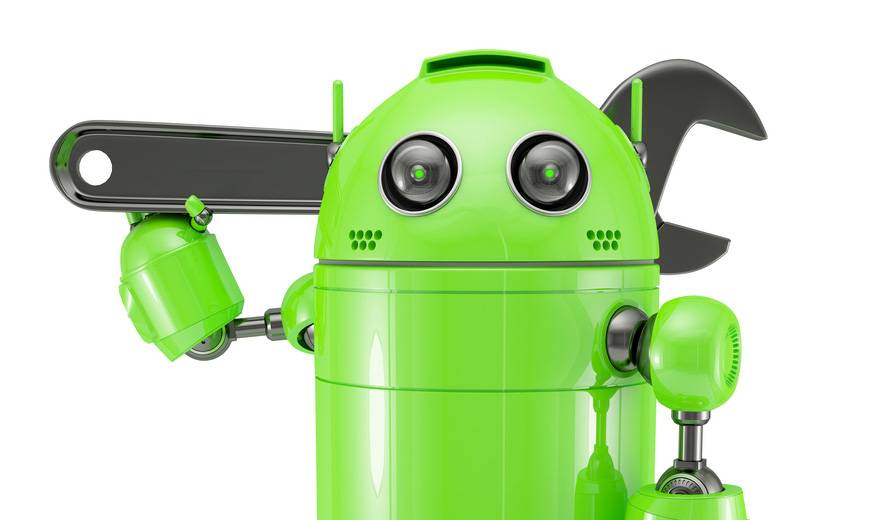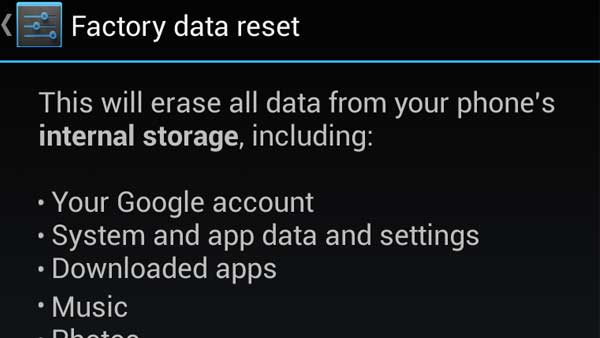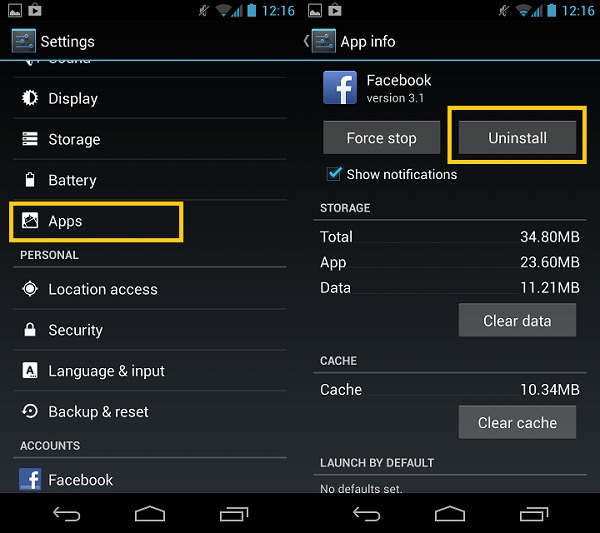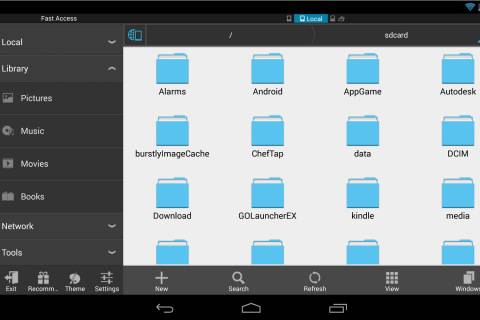
Every year, we Android fans are tempted by the upgrade bug as every year, manufacturers come out with new designs, new flagships and midrange models that tickle our collective fancies. On closer inspection, some of the hardware underneath these new models may have better and faster features, but some of them are also still equal to what your older Android devices have under the hood as well. So if you have a smartphone that is one or two generations old, you might want to slam the brakes on the upgrade for now, especially if you’re still working towards that budget. Here are some tips you can do to extend the life of your device, and give it some renewed oomph.
1. A Clean Slate works wonders

Like every good techie knows, a good old reformat will do wonders for your Android device. We’re pretty sure you understand the benefits of this, like on your old desktop PC. Sometimes the operating system is just too cluttered from all the apps and (sometimes) contradicting tweaks you might have installed. Giving your Android device a fresh start is like cleaning up the OS process paths and giving you renewed speed. Somewhere in the settings of every device is a “Factory Reset” button, and you can just tap that. Make sure you’ve backed up your data, and be ready for the long and tedious task of updating and installing your apps. But it will be worth it, we assure you.
2. Install a Cleanup App that works

This might be a double edger, as you have to know which cleanup apps actually do their work well and which ones are bogus. A Google search and even a quick search of our site will probably give you some options. That said, an app that cleans up your app cache and frees up your memory (RAM) can go a long way in keeping you satisfied with your older Android device. If you can gain root access (more on this later) and uninstall bloatware, then so much the better.
3. Keep apps that you really use, uninstall all others

This one requires a bit of discipline, but as your device ages, you also need to watch out for the stuff you install on it. Take a good long look at your daily driver processes, noting the apps that help you do your work faster and more efficiently – keep those apps, uninstall all other work apps that you rarely use. Also take a look at the games you play – there will be some on there that you really haven’t played in a while and have no plans of playing in the near future – uninstall those. You’d be surprised at how much internal space these games take up and what kind of notifications they throw at you just so you’d notice them.
4. Organize your files and folders

Now comes the “fun” part. We all know how tedious file management and organization can be (although we know of some people who take some very strange satisfactions in organizing their files), but you have to buckle up and do this anyways. Put all your music in a Music folder, keep your videos in a Videos folder, same with documents, movies, and such. Trust us, this makes life just easier. How about your tens of thousands of pictures and selfies? That’s what cloud storage is for. Back them up, as there are a lot of cloud storage services out there that can give you all the space you need.
If your Android device has a microSD slot, get one and set the default saving of your pictures to it. Make sure your internal storage is for apps and such, so they can run smoothly. We’ve said it before – delete all the other files you don’t use.
5. Install a faster launcher

One benefit of you going Android instead of a fruity phone is that you can change launchers – that is, the default system that gives you your home pages and widget features. Not all launchers are born equal, and certainly there are other launchers out there better and faster than your brand’s default. You can try the Google Now Launcher, the Nova Launcher, or the Action Launcher.
BONUS: Gain root access and open up your device’s dream world

Gaining root access is not for the faint of heart – it has its own dangers, but it also has wonderful benefits for those who persevere. Root access is the gateway to being able to do a lot of things on your Android device. We mentioned being able to uninstall bloatware and probably install more powerful “root only” memory management apps (like Greenify).
But there’s so much more after root. Install a custom recovery and you can now even flash custom ROMs that are leaner and faster (debloated), and even a version of Android not official for your device. You may have a KitKat-only device, but custom ROMs will surely be able to give you some Lollipop or even Marshmallow flavors – if you look in the right places. Granted, this is an acquired taste and it will take up a lot of your time – but gaining root is both a boon and a bane. People who do it focus on the great benefits it gives them.
So there, we certainly hope that we gave your older Android device a fighting chance at survival for at least another year or so, until you get your hands on that OnePlus 2 or that shinier Samsung Galaxy S6 Edge. When you do, don’t forget that a generation older doesn’t necessarily mean it’s useless.









